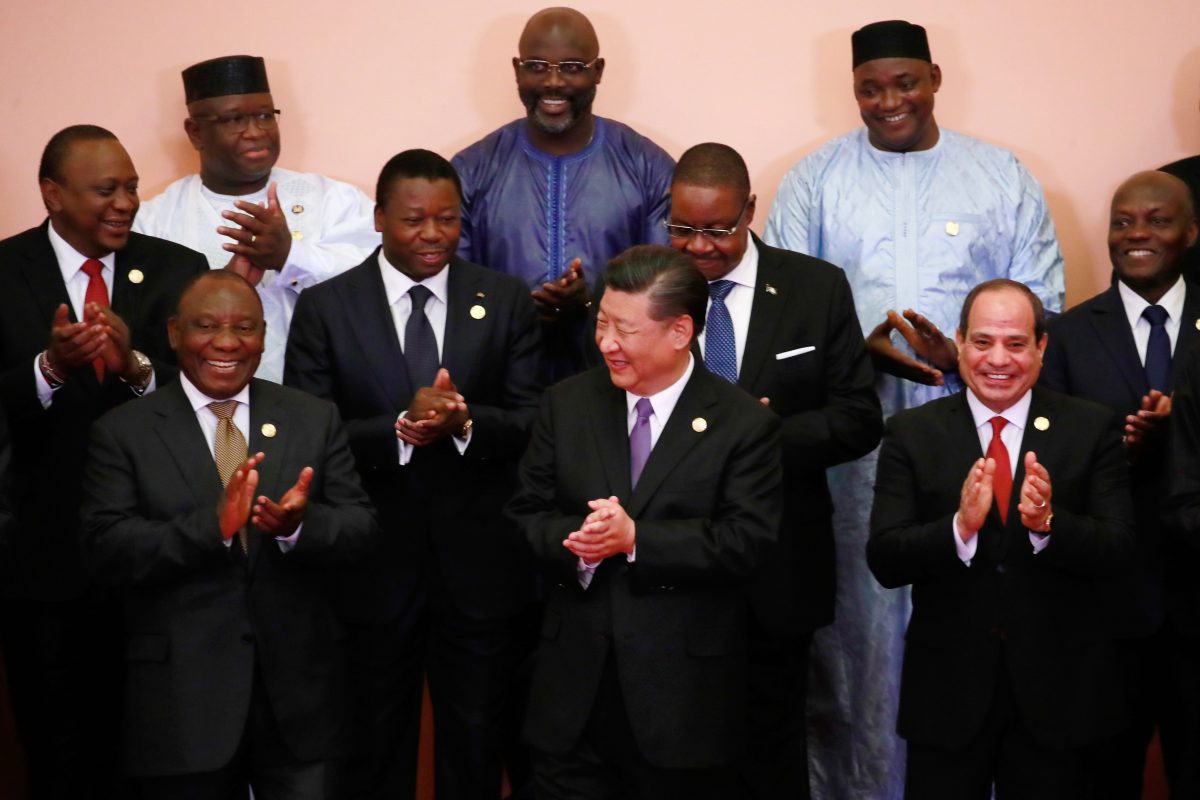Quad Nations Tacitly Hit Out At China During Leader’s Summit In Japan’s Hiroshima On 20 May
Quad Leaders takes a swipe at China by criticizing Beijing's behavior in Indo-Pacific and dominating exploitation activities during the Summit on Saturday.

The Quad group leaders have indirectly taken a jibe at the authoritarian Chinese regime during a summit held in Hiroshima, Japan on 20 May 2023.
Albeit, China was not called out by name, yet it was the unquestionable target in a joint statement made by the presiding partners in the Quad Leaders Summit through their resolution to uphold peace and stability in the Indo- Pacific maritime domain where no country is neither dominated nor dominates.
The Quad expressed serious concerns over dangerous use of maritime and coastguard military vessels, militarization of disputed features, and efforts to disrupt the offshore resource exploitation ventures of other countries.
The Quad Leader’s Joint Statement denounced China’s behavior of unilateral actions or destabilization that intents to change the status quo by coercion or force.
Prime Minister of Australia Anthony Albanese had hosted the Quad Leader’s Meeting on the sidelines of the Group of 7 (G7) Summit on Saturday, which was presided by the Prime Minister of India Narendra Modi, the President of the United States Joseph R. Biden Jr., and the Prime Minister of Japan Kishida Fumio.
The Leaders bowled a thinly veiled swipe at China exclaiming that they were ready to offer assistance for investments, but not at the cost of imposing unsustainable debt burdens on the recipients.
China’s Reputation Over Monkey Business
The communist superpower had been noted to quietly expand its military base in the Pacific over the past few years.
The largest Asian Country was additionally noted for intimidating and harassing of Philippine (non-Chinese) vessels in contested waterways.

China was allegedly reported to construct bases on its former offshore coral reef, Fiery Cross Reef in the disputed South China Sea.
Further, Beijing’s tactics to improve its economical power by gaining leverage over poor countries, propelled by a predatory lending practice, has led to a debt trap diplomacy in under-developed nations.
Strategic Measures By Quad Leaders
To minimize the threat from China, the Quad Leaders elaborated on few key strategies for new space of cooperation, that includes infrastructure capacity building, digital technology security, awareness of maritime domain and submarine cables.
Among the top priorities that the Leaders undertook during the Summit includes the safeguarding of submarine cables in the Indo-Pacific from possible interventions in case of probable military emergency in Taiwan and Chinese surveillance.
Majority of the global highways of communication tied to the US submarine internet cables face a dire risk from any PLA intervention taking place in Taiwan as most of the cables are situated on a part of the Chinese borders’ first island chain i.e., the eastern seaboard of Philippines and Taiwan.

The de-risking strategy to be introduced against China has steered the Quad Leaders to join hands with USA to position a hardy submarine cable network all over the map.
The US had already started working on its subsea network in February which is likely to come to completion by 2025 as the South East Asia-Middle-East-Western Europe 6 (SeaMeWe-6) optical fiber project.
The 12000 mile long cable would be capable of transferring data to Europe from Asia via Middle East and Africa, and has cost the US sub-sea cable company around 600 million US dollars.
In a bid to provide financial assistance, technology and infra-builders to Indo-Pacific littoral states, the four-nation grouping is expanding into a democratic counter by including major ASEAN countries such as Far Pacific
countries and Indonesia in defiance of the Communist Party of Belt Road Initiative (BRI) of China.
The Quad which has grown in size stature, and capacity, has also decided to establish maritime domain awareness among themselves. This would help prevail the freedom of navigation in the Indo-Pacific, and specially in the South China Sea.
Quad Still Has Tight Spots Needing A Fix
Some troubles still await the Quad, the solutions to which are still impending.
This revolves around the joint exercises by China-Russia in the Sea of Japan which continues to deploy huge military formations with reservation in East Ladakh against India and enormous surveillance vessels being sent to the Indian Ocean.
To remind the world that Taiwan forms a part of China, PLA military muscle has been on the display daily through virtual tech across the Taiwan Straits.

India’s eastern front Myanmar Junta is entirely dependent on Beijing for its sustenance, whereas its western border Pakistan has opted for China instead of US as its strategic partner.
Thus, the Indian subcontinent problems seems to be adding fuel to the fire for its economy due to Chinese strongholds in its neighborhoods.
The Indian subcontinent has been left with no option but to choose like-minded partnerships as China continues to infiltrate into the media and bureaucracies of the Narendra Modi led nation.
On the contrary, among the Quad Nations, as India and Australia ward off the confusion related to the Indo-Pacific and China, Japan, the weakest link, still seems to be in a work-in-progress avatar.
Japan is already weighed down by the mammoth-sized investments made into the Chinese mainland by the Nippon companies.
Entangled in a bureaucratic red-tape along side a pacifist doctrine, Japan has miles to achieve before it masters into an audacious unit in the Quad.
Proofread & Published By Naveenika Chauhan






